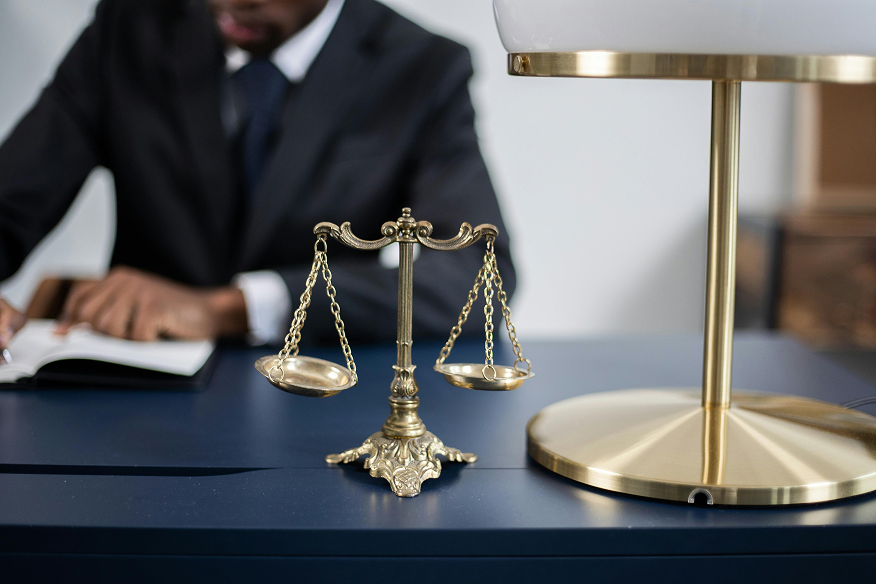Index
Receive our newsletter
Investing in eco-friendly renovations is no longer just an ethical or environmental decision. So-called “green” upgrades have become a savvy strategy to boost property value, cut operational costs, and make your rental stand out in a competitive market. With tenants becoming increasingly environmentally conscious, these improvements can lead to higher rental income and longer occupancy periods.
This guide breaks down the most profitable upgrades, how they impact rental value, the incentives available, and how to calculate long-term ROI.
What are green renovations?
Green renovations are upgrades aimed at making a property more energy- and resource-efficient. The goal is to lower electricity, gas, and water usage while improving indoor comfort and quality of life. Typical features of a sustainably renovated unit include quality insulation, double-glazed windows, LED lighting, energy-efficient appliances, low-consumption HVAC systems, and sometimes solar panels.
These upgrades often use sustainable materials, modern technology, and a long-term vision. While some may require a larger upfront investment, the financial and operational benefits generally outweigh the costs.
Examples of profitable green upgrades
Here are some of the most effective and high-return green renovations:
- Thermal insulation: Upgrading wall, ceiling, and floor insulation helps keep indoor temperatures stable year-round, reducing heating and cooling needs. It's one of the most cost-effective upgrades, with immediate energy savings.
- Solar panels: While they involve a higher initial cost, solar panels can significantly reduce (or eliminate) reliance on the grid, lowering utility bills over time.
- Efficient appliances: Replacing older appliances with models rated A++ or higher can cut electricity consumption, something tenants really appreciate.
- LED lighting: This is one of the simplest and quickest-return upgrades. LED bulbs use up to 75% less energy and last significantly longer than traditional ones.
- Efficient climate systems: Heat pumps, condensing boilers, and smart thermostats help optimize energy use, offering savings and more control for tenants.
These upgrades not only cut costs over time, but also improve the property's look, comfort, and reputation.
Impact on rental value
More and more tenants are willing to pay a bit more to live in a property with better conditions and sustainable features. In fact, studies show that over 60% of renters appreciate eco-friendly features and would accept a slightly higher rent in exchange for lower utility bills, better comfort, and a healthier environment.
Green-renovated units tend to stand out in rental listings, often renting faster and with lower tenant turnover. Plus, the energy savings and increased comfort create a positive psychological effect, tenants associate the home with quality and care, encouraging them to stay longer and take better care of the space.
Incentives and tax benefits
Many countries offer public programs to support sustainable renovations, including tax deductions, grants, reduced local taxes, or low-interest rehab loans. Common incentives include:
- Grants for installing solar panels or improving insulation
- Tax deductions for energy-efficiency upgrades
- Property tax reductions for buildings with high energy ratings
These incentives lower renovation costs and speed up ROI. It’s best to consult a local expert to find out what’s available in your area.
Cost-benefit and return on investment
One of the most common concerns for owners is whether these upgrades truly pay off, and in most cases, they do. Improvements like insulation or appliance replacement can pay for themselves in under five years through energy savings and increased rent.
The key is to prioritize upgrades that deliver the biggest savings in the shortest time. Conducting an energy audit before starting can help identify major energy losses and guide smarter investment decisions.
Beyond the financials, green homes are more competitive, more attractive, and better prepared for future regulations that may demand stricter efficiency standards. Investing now is a way to protect your asset long-term.
Green renovations are no longer a trend, they're a smart, strategic move for landlords aiming to boost rental income. They help reduce operational expenses, increase perceived value for tenants, and, in many cases, justify higher rents. When planned properly and paired with available incentives, the return on investment becomes clear.
In today’s market, where sustainability is becoming a key differentiator, energy-efficient properties stand out as a smart, future-ready option for forward-thinking owners.










